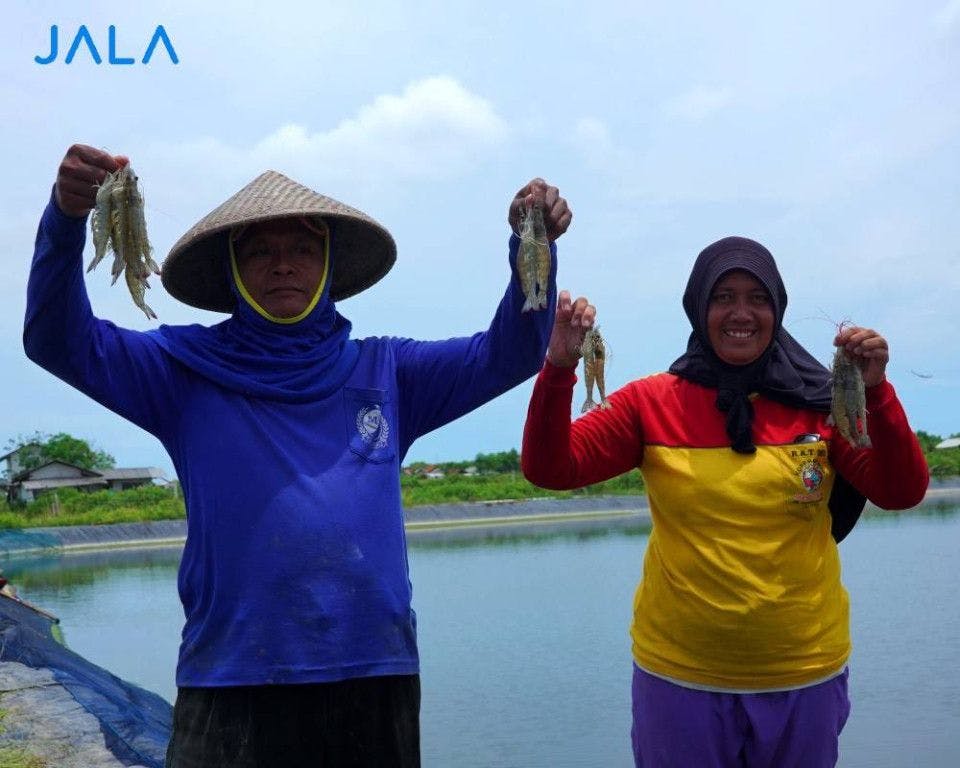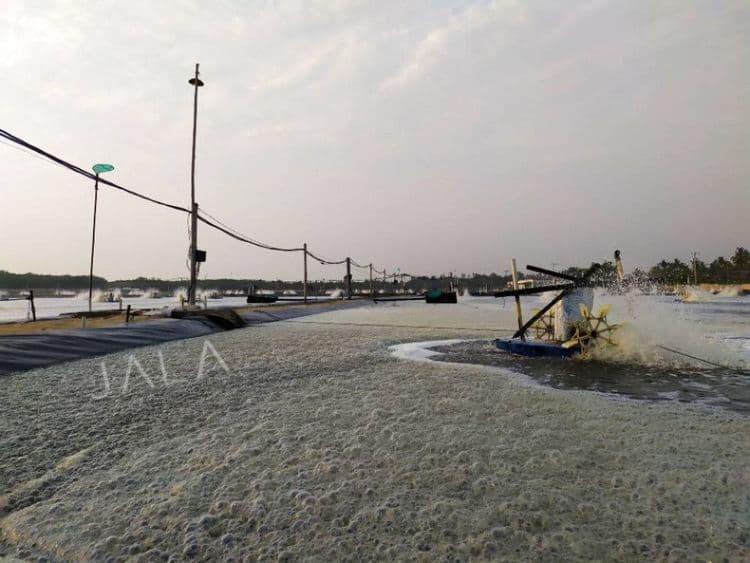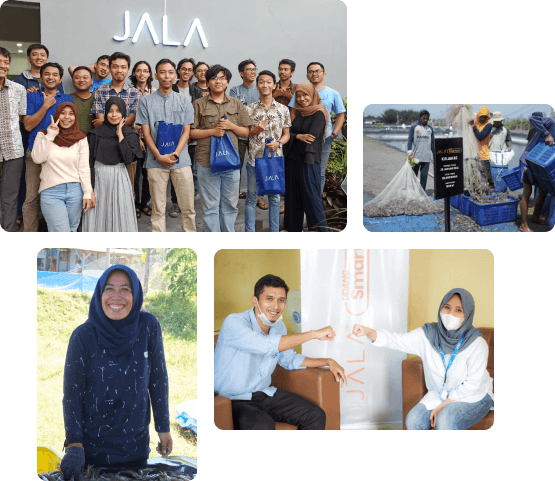
Cultivation duration is considered one of the important components which affect cultivation results. Determining the length of cultivation and the production level (semi-intensive, intensive, or super-intensive) can affect production costs. The higher the level of cultivation, the higher the costs, especially due to the various inputs required.
Costs will increase with the size of the farming area and the duration of cultivation. Therefore, in determining cultivation targets, the duration of cultivation should be included in the calculation or strategy considered.
Decreasing cultivation duration trend in 2022
In 2022, the average cultivation lasted for approximately 77 days. There was a pattern of reducing the duration of shrimp cultivation. At the beginning of 2022, the average cultivation duration was 95 days. By the middle of the year, the average cultivation duration has decreased to around 70 days.
The possible causes of the initial decrease in duration were adjustments made in response to shrimp prices. In the previous year, shrimp prices faced a considerable burden, particularly for larger-sized shrimp (size 40 to size 20). The second possibility is related to weather conditions. The decrease in cultivation duration since June aimed to avoid the rainy season.
However, there could be other possibilities, such as the persistence of the AHPND disease, which leads to shorter cultivation periods. Many cultivations have shorter durations because they were not completed according to the initial targets.
Determining cultivation duration
Setting cultivation targets includes the length of cultivation or the size of shrimp at harvest, which can help farmers project the production costs incurred. At this point, farmers can estimate which expenses can be reduced or made more efficient. Other factors such as weather, shrimp prices, or disease outbreaks can also influence cultivation duration.
Considerations for shorter cultivation duration
Cultivating for a shorter period can be a solution to reduce costs. From the perspective of good shrimp growth, feed efficiency, and freedom from disease infections, this can also affect the energy efficiency of using aerators or windmills. Weather conditions can also be considered as a factor for shorter cultivation duration, as anticipation for cultivation during the rainy season or during transition periods, which are relatively riskier.
Considering cost efficiency and securing profits, shorter cultivation durations are linked to shrimp selling prices. Learning from the conditions in 2022, the uncertainty of shrimp prices forced farmers to harvest relatively small-sized shrimp, as they were considered to have more stable selling prices.
A shorter cultivation duration tends to lead farmers to perform total harvests or partial harvests just once. Thus, another advantage of shorter cultivation duration is the increased number of cultivation cycles in one year.
Considerations for longer cultivation duration
Longer cultivation has the advantage of achieving target sizes and higher productivity. One of the methods is implementing partial harvests. Cultivations that apply partial harvests 2-3 times within one cultivation cycle show increased productivity, especially compared to those that only harvest once.
Data from cultivation results in 2022 show that cultivation cycles with more frequent harvests have a positive impact on cultivation outcomes. Cycles with three or more harvests have better Survival Rate (SR) and Feed Conversion Ratio (FCR) than cycles with only one harvest. Partial harvests also reduce shrimp density in the pond, allowing shrimp to grow faster by reducing competition levels in the pond.
Determining cultivation duration is part of cultivation strategy. Each farmer has preferences based on their abilities, conditions, and targets. Both shorter and longer cultivation durations have their own advantages and disadvantages, so make sure to tailor your choice based on cultivation conditions.
More detailed analysis of the 2022 cultivation data is available in the following video:





